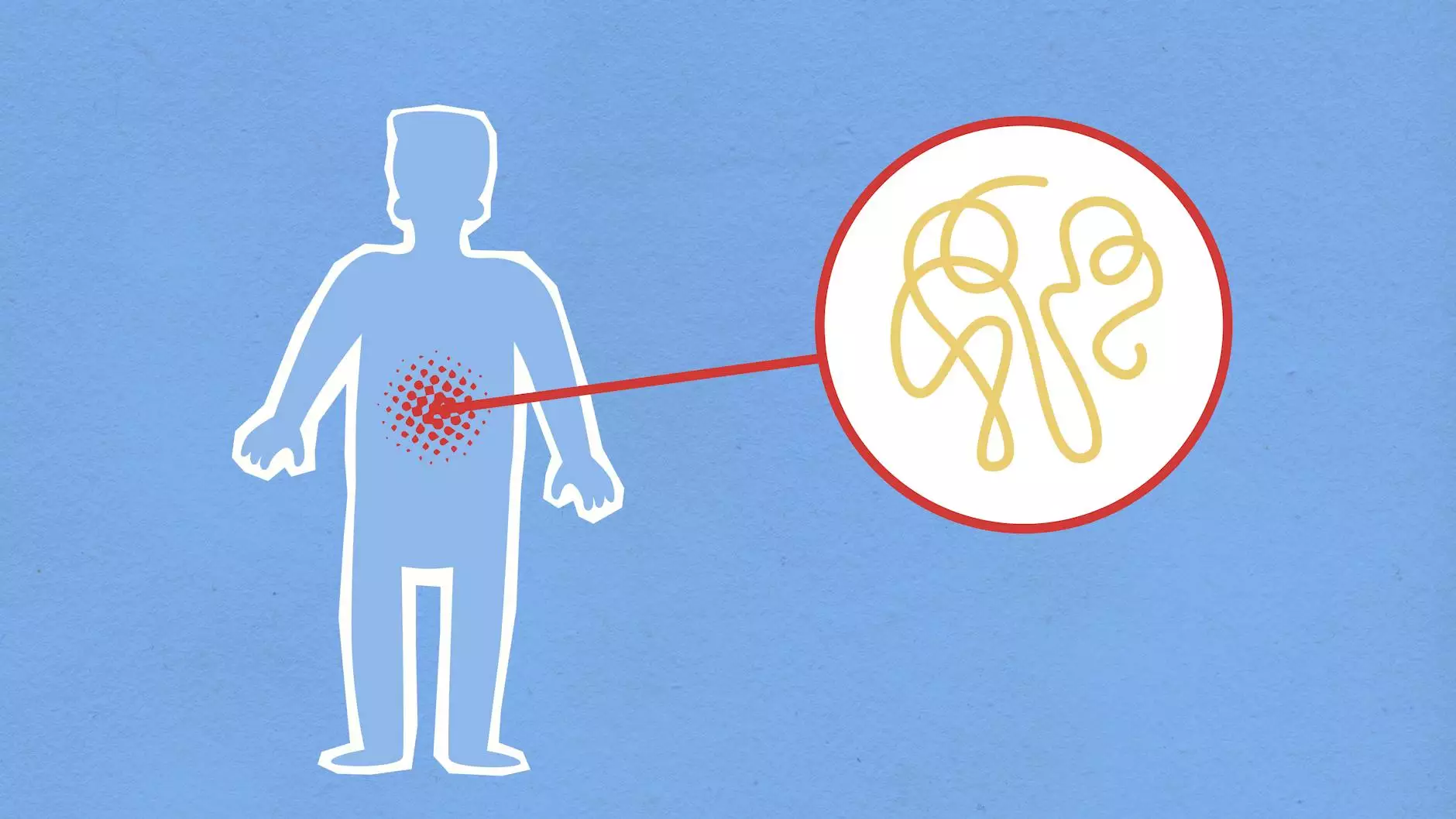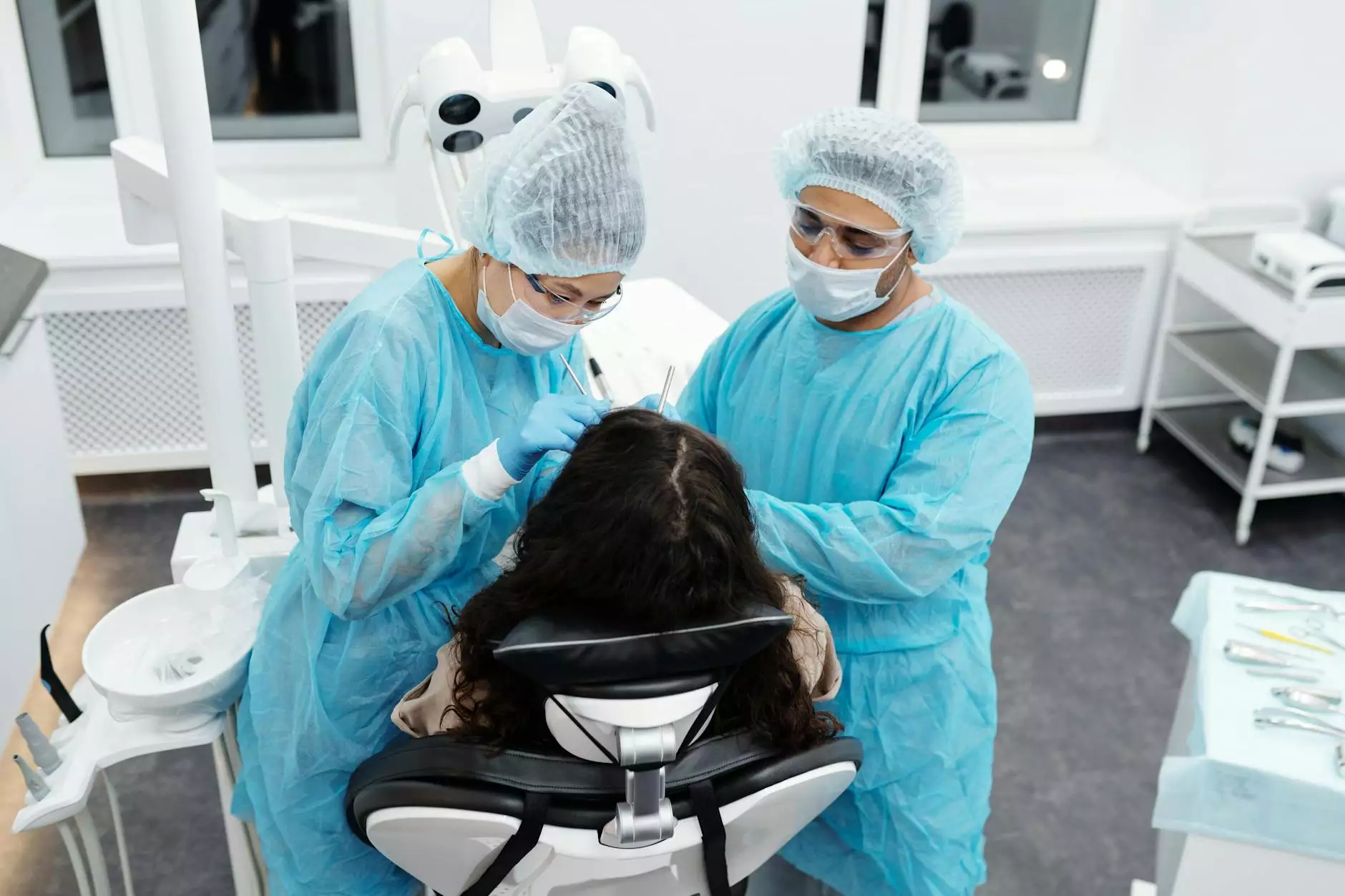Tendinitis and Tenosynovitis: Understanding, Treatment, and Prevention

Introduction to Tendinitis and Tenosynovitis
Tendinitis and tenosynovitis are common conditions that affect the body's movement and overall health. Understanding these conditions is crucial not only for those who suffer from them but also for athletes, workers, and everyone engaged in physical activity. This article aims to provide you with a comprehensive overview of these conditions, exploring their causes, symptoms, diagnosis, and effective treatment options.
What is Tendinitis?
Tendinitis is an inflammation or irritation of a tendon, the thick fibrous cords that attach muscle to bone. This condition often results from repetitive strain, leading to pain and discomfort, especially during movement. Common areas affected by tendinitis include:
- Achilles tendon (Achilles tendinitis)
- Patellar tendon (jumper's knee)
- Shoulder (rotator cuff tendinitis)
- Wrist (De Quervain's tenosynovitis)
What is Tenosynovitis?
Tenosynovitis refers to the inflammation of the sheath that surrounds a tendon. When the synovial lining becomes irritated, it causes swelling and pain, making movement difficult. Common sites for tenosynovitis include:
- Hands and wrists
- Ankles
- Feet
- Shoulders
Often occurring in conjunction with tendinitis, tenosynovitis can greatly impact an individual's daily life and ability to perform tasks.
Causes of Tendinitis and Tenosynovitis
Both tendinitis and tenosynovitis can be triggered by various factors, including:
- Repetitive Motion: Engaging in the same physical activity repeatedly increases the risk of developing these conditions.
- Injury: A sudden injury can lead to inflammation of the tendon or its sheath.
- Aging: Tendons naturally lose flexibility with age, making older adults more susceptible.
- Underlying Conditions: Conditions such as diabetes, rheumatoid arthritis, and gout can contribute to the development of these ailments.
Symptoms of Tendinitis and Tenosynovitis
Recognizing the symptoms early can lead to more effective treatment. Common symptoms include:
- Pain: A persistent pain localized around the affected area that worsens with movement.
- Swelling: Inflammation around the tendon or its sheath can cause visual swelling.
- Stiffness: Difficulty in moving the affected joint normally.
- Creaking or Grating Sensation: A sensation of grinding when moving the affected joint.
Diagnosis of Tendinitis and Tenosynovitis
To accurately diagnose these conditions, a healthcare provider will typically:
- Conduct a Physical Examination: Assess the pain location and mobility.
- Review Medical History: Discuss previous injuries or activities that may have led to symptoms.
- Use Imaging Tests: X-rays, ultrasound, or MRI can help visualize the affected tendons.
Treatment Options for Tendinitis and Tenosynovitis
Treatment aims to reduce inflammation, alleviate pain, and restore function. Effective treatments include:
- Rest: Allowing the affected tendon to heal by avoiding activities that exacerbate pain.
- Ice Therapy: Applying ice packs can reduce inflammation and numb pain.
- Physical Therapy: Customized exercises to stretch and strengthen the affected area.
- Medications: Nonsteroidal anti-inflammatory drugs (NSAIDs) like ibuprofen or naproxen can help relieve pain and reduce swelling.
- Injections: Corticosteroid injections to deliver anti-inflammatory medication directly to the affected tendon.
- Surgery: In severe cases, surgical intervention may be required to repair damaged tendons.
Preventing Tendinitis and Tenosynovitis
Prevention is always better than treatment. Here are some practical tips to help minimize the risk of developing tendinitis and tenosynovitis:
- Warm-Up: Always warm-up before engaging in physical activities.
- Use Proper Techniques: Employ proper body mechanics and techniques during exercises or tasks.
- Take Breaks: Give your body rest by taking breaks during repetitive movements.
- Strength Training: Regularly strengthen muscles around the tendon to provide better support.
- Listen to Your Body: Do not ignore persistent pain; consult a healthcare provider if discomfort arises.
The Role of Chiropractors in Treating Tendinitis and Tenosynovitis
Chiropractors play an essential role in treating tendinitis and tenosynovitis through:
- Joint Manipulation: Alleviating restrictions in movement and improving function.
- Muscle Rehabilitation: Targeting rehabilitative exercises to restore strength and flexibility.
- Education: Providing insightful guidance on ergonomics and body mechanics to prevent future injuries.
Consulting with a chiropractor can lead to a comprehensive approach tailored specifically for individuals suffering from these conditions.
Conclusion
Understanding tendinitis and tenosynovitis is vital for anyone engaging in physical activities or occupations involving repetitive motion. By recognizing the symptoms early and following preventive measures, one can significantly reduce the risk of developing these painful conditions. Should symptoms arise, seeking prompt and efficient treatment, potentially including visiting a chiropractor, can facilitate healing and recovery. Always prioritize your health, and empower yourself with knowledge about these prevalent conditions!
Resources
For more information about tendinitis, tenosynovitis, and how we can help, visit our website at IAOM-US or consult a healthcare professional.









